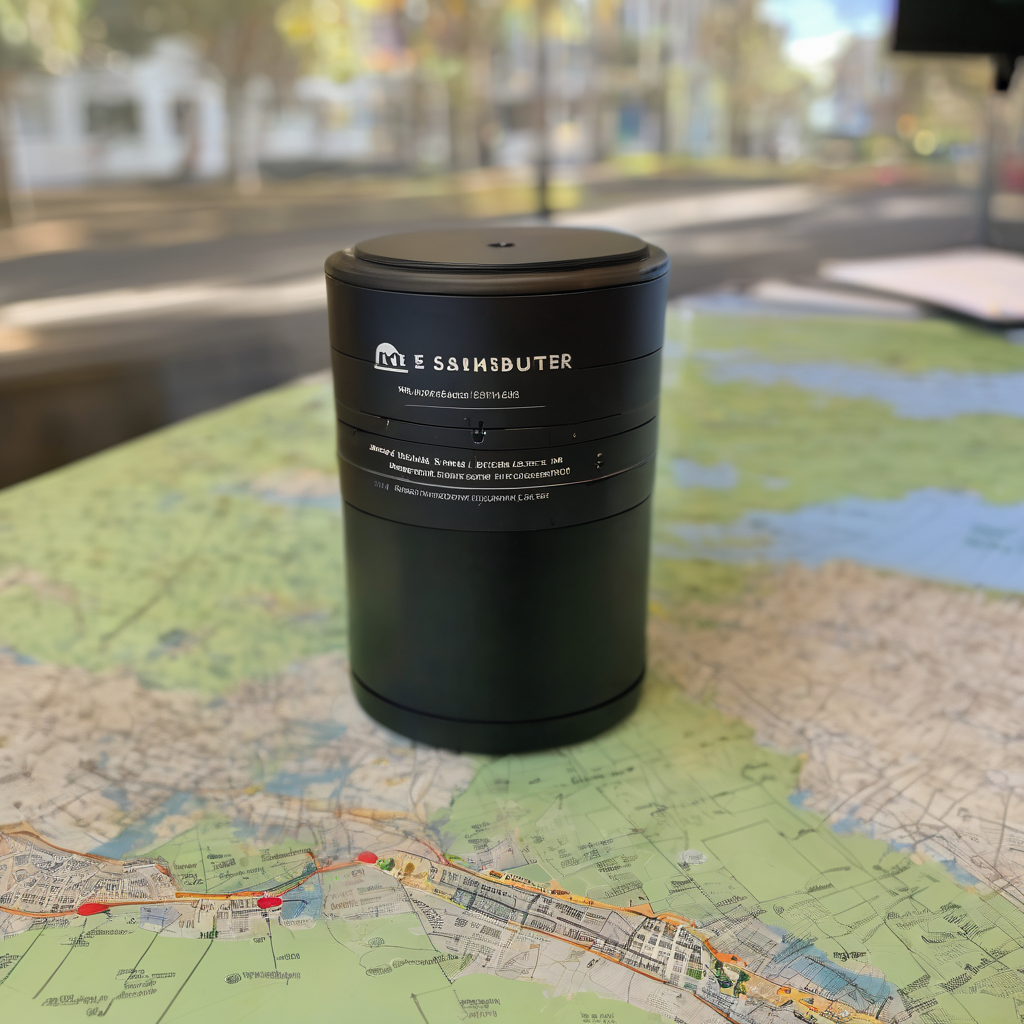Less than an hour prior to the annual Great California ShakeOut earthquake drill, the San Francisco Bay Area experienced a real tremor, with its epicenter located just east of Berkeley. The ShakeOut drill, set to begin at 10:16 a.m. local time, is designed to improve public awareness and preparedness for earthquake situations, with millions of people across the globe participating.
State Geologist Jeremy Lancaster from the California Geological Survey emphasized the importance of the drill during his presentation, advising, “The best protective action you can take during an earthquake is to drop down, get under your desk, cover your head and hold on to something that’s sturdy, like the leg of a table.” In addition to this critical advice, the Great ShakeOut website offers guidance on securing items that may fall during quakes, developing family disaster plans, and ensuring that emergency supply kits are replenished.
This year’s drill is particularly poignant, occurring just a day short of the 36th anniversary of the Loma Prieta earthquake, which measured 6.9 on the Richter scale. That devastating quake led to significant destruction, including extensive damage to the Bay Bridge and the Marina District.
At 10:16 a.m., the MyShake app will send an alert to millions of Californians, providing an infographic with instructions to drop, cover, and hold on as well as an audio message clarifying that it is a drill. The U.S. Geological Survey’s ShakeAlert system, which supports the MyShake app, is designed to detect seismic waves and provide advance warnings, although individuals close to the epicenter may receive little or no warning.
For those who do not receive the test alert, having the latest version of the MyShake app installed along with location services and notifications enabled is essential. Users can also opt to turn off app notifications if they do not wish to participate in the alert.
Participation in the ShakeOut event has reached impressive numbers, with over 57.9 million individuals registered worldwide, including more than 10 million in California and 1.6 million in the Bay Area. In conjunction with the drill, BART, the Bay Area Rapid Transit system, will activate its ShakeAlert early warning system at 10:16 a.m., prompting trains to slow down and come to a temporary halt while making systemwide announcements to prepare riders for earthquakes.
Additionally, the California Governor’s Office of Emergency Services is engaging the public through a statewide tour featuring an earthquake simulation trailer that offers vital quake preparedness information, similar to that at the California Academy of Science’s Shake House. This week is not only about participating in the drill but also about raising awareness for earthquake preparedness, ultimately aiming to foster a culture of safety and readiness in the face of seismic threats.
